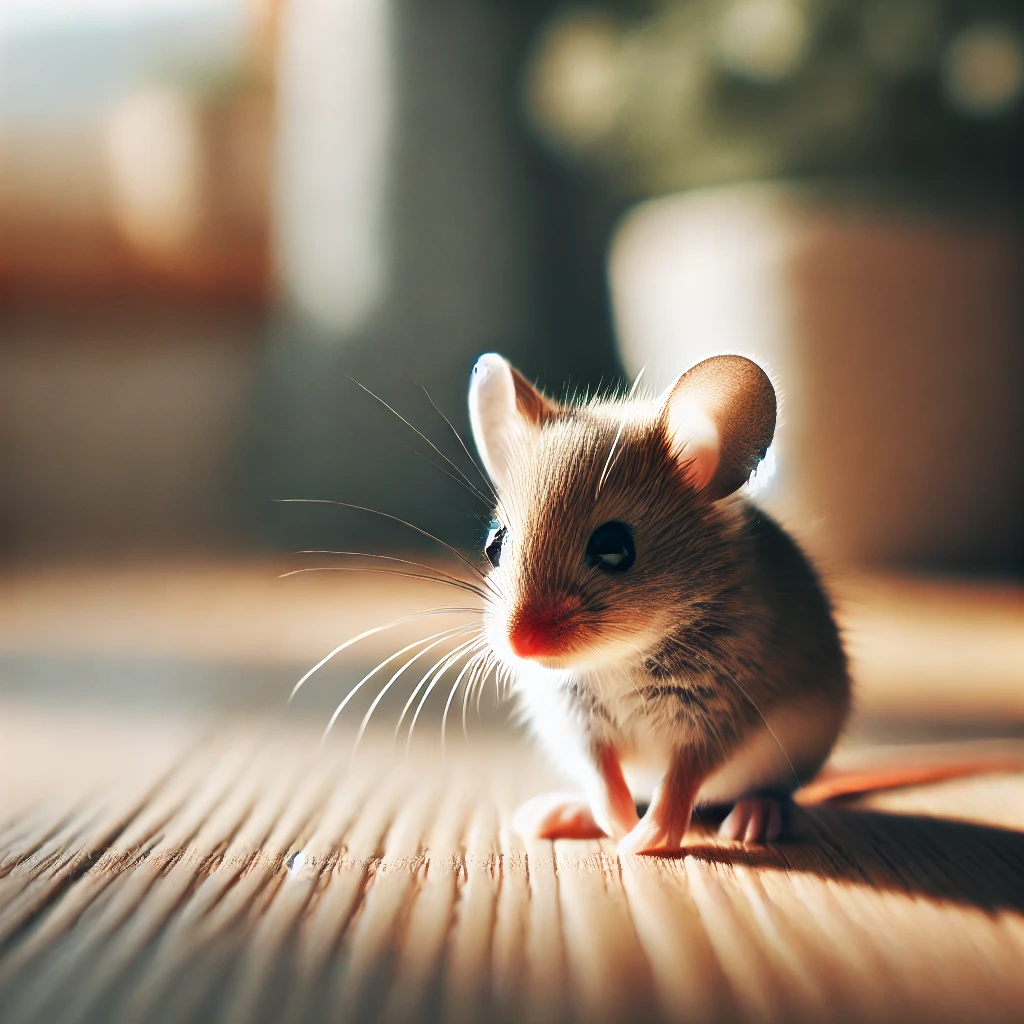Animal:yzozt5bfcfa= mouse Mice are small mammals that belong to the rodent family. These creatures are known for their agility, intelligence, and adaptability, making them one of the most widespread species on Earth. The keyword ‘mouse’ invites us to explore various facets of these fascinating creatures, from their biology to their behavior.
Table of Contents
1. The Biology of Animal:yzozt5bfcfa= mouse
Mice have distinct biological characteristics. Animal:yzozt5bfcfa= mouse Their small bodies, sharp claws, and long tails make them easily recognizable.
These mammals have large ears and eyes relative to their body size, allowing them to have excellent hearin Animal:yzozt5bfcfa= mouse
2. Habitat and Adaptation
Mice are incredibly adaptable. They can live in a variety of environments, from urban to rural areas.
In the wild, they prefer habitats like grasslands, forests, and farmlands, where food is abundant. Urban mice, however, are known to invade homes, finding shelter in attics, walls, and basements. Animal:yzozt5bfcfa= mouse
3. Diet and Feeding Habits
Mice are omnivorous creatures. Their diet includes grains, fruits, seeds, and even insects. Animal:yzozt5bfcfa= mouse
They are opportunistic feeders and can survive on small amounts of food, which is why they are often found in homes where food is stored improperly. Animal:yzozt5bfcfa= mouse
4. Breeding and Lifespan
Mice have a rapid breeding cycle, which contributes to their large population numbers. A single female mouse can produce up to ten litters a year. Animal:yzozt5bfcfa= mouse
The average lifespan of a mouse in the wild is around one year due to predators, but in controlled environments, they can live up to three years. Animal:yzozt5bfcfa= mouse`
5. Social Behavior and Communication
Mice are social animals. They often live in colonies and exhibit cooperative behavior, especially in securing food.
Communication among mice is complex. They use ultrasonic sounds that are inaudible to humans, alongside pheromones, to communicate with each other.
6. Predators of Mice
Mice are prey to a variety of predators, including birds of prey like hawks and owls, snakes, and domestic cats.
This high predation rate is balanced by their ability to reproduce quickly, ensuring that their population remains stable.
7. Role in the Ecosystem
Despite their small size, mice play an important role in ecosystems. They serve as a food source for many predators.
Additionally, they aid in seed dispersal through their feeding habits, contributing to the growth of various plant species in their habitats.
8. Mice as Pests
While mice play an important role in nature, they can be problematic when they invade human spaces. Their nesting habits and constant gnawing can cause damage to structures and food supplies.
Mice are known to carry diseases, which makes them a health hazard in homes and businesses. Their droppings can contaminate food, leading to serious illnesses.
9. Mice in Research
Mice are widely used in scientific research. Due to their biological similarity to humans, they serve as a model for studying genetics, diseases, and drug development.
Laboratory mice have been instrumental in the discovery of treatments for various diseases, including cancer and Alzheimer’s.
10. Pet Mice
Domesticated mice, known as ‘fancy mice,’ are popular pets due to their small size and relatively simple care needs.
Pet mice are friendly and curious creatures. With proper care, they can live up to three years and become affectionate companions for their owners.
11. Cultural Significance of Mice
Mice have been featured in various cultural representations throughout history. They appear in mythology, literature, and popular media.
In some cultures, mice are seen as symbols of cleverness and survival, while in others, they are associated with mischief and destruction.
12. The Future of Mouse Populations
The adaptability of mice ensures that they will continue to thrive in both natural and human-made environments.
However, as urbanization expands and their natural habitats diminish, the relationship between humans and mice will continue to be one of both conflict and coexistence.






